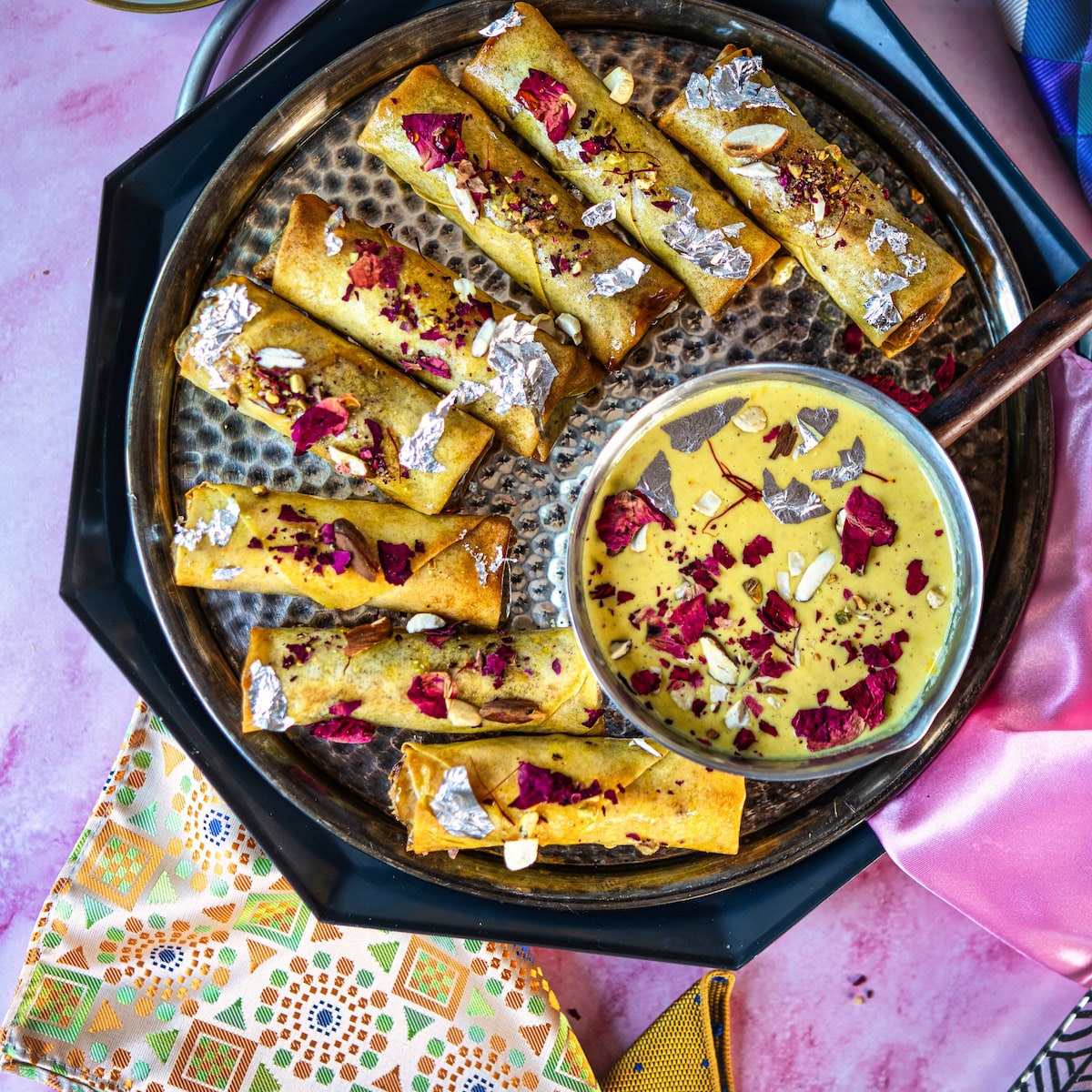

# Khoya Recipe: A Guide to Preparing Khoya at Home
Khoya, often termed mawa, is an essential component in Indian cooking, especially for crafting desserts and sweets. This adaptable ingredient is derived from reducing whole milk until it transforms into dense milk solids. Although the process of making khoya at home demands time and patience, the resulting product is fresh and unsweetened, enhancing your cooking experience. In this article, we will walk you through the steps for creating khoya at home, complete with tips and variations.
## Knowing Khoya
Khoya is pronounced differently in various regions of India. In Southern India, it is called ‘kova’ in Telugu and Tamil, whereas in Hindi, especially in Western states like Rajasthan, it is widely recognized as mawa. The main ingredient for khoya preparation is whole milk, and the procedure involves simmering and stirring the milk over low heat for an extended time until all the moisture dissipates.
### Varieties of Khoya
Khoya is available in three unique textures, each ideal for specific culinary uses:
1. **Chikna (Dhapa)**: This is the softest variant of khoya, retaining the most moisture. It has a loose texture and is often featured in recipes for gulab jamun and rabri.
2. **Danedar**: A bit firmer than chikna, danedar khoya presents a grainy texture. It is frequently utilized in Indian confections such as kalakand and milk cake.
3. **Pindi**: The firmest kind of khoya, pindi khoya is devoid of moisture and is usually formed into small bricks. It is typically used to prepare sweets like burfi and laddus.
### Milk Yield
From one liter of whole milk, you can anticipate producing roughly 230 to 250 grams of khoya. For comparison, one cup of khoya weighs between 200 to 225 grams. Creating khoya at home is not only budget-friendly but also guarantees a fresh product without the impurities often present in commercial preparations. After preparation, khoya can be stored in the refrigerator for about a week.
## Steps to Make Khoya at Home
### Ingredients
– 1 liter full-fat milk
### Procedure
1. **Boil the Milk**: Pour the whole milk into a heavy pot and heat it to a boil over medium heat. Stir occasionally to avoid the milk sticking to the pot’s bottom.
2. **Reduce the Heat**: After boiling, decrease the heat to low. This step is vital as simmering on low heat prevents the milk from scorning and allows it to thicken slowly.
3. **Stir Continuously**: Keep stirring the milk continuously. This may take more than two hours, so patience is essential. As the milk reduces, you’ll observe its texture becoming thicker.
4. **Monitor Consistency**: Continue cooking and stirring until the milk thickens to your preferred consistency. For chikna khoya, take it off the heat while still soft and moist. For danedar khoya, let it cook a little longer until it appears grainy. For pindi khoya, cook until all the liquid evaporates and the mixture becomes a solid mass.
5. **Cool and Store**: Once the khoya reaches the desired consistency, remove it from heat and allow it to cool. After cooling, place it in an airtight container and refrigerate.
### Success Tips
– **Choose Heavy-Bottomed Pots**: A pot with a heavy base ensures even heat distribution, lowering the risk of milk scorching.
– **Essential Stirring**: Continuous stirring is vital to prevent the milk from sticking and burning, also aiding in achieving a smooth consistency.
– **Adjust Cooking Duration**: Depending on the quantity of milk and heat intensity, cooking times may vary. Watch the consistency closely.
## Applications of Khoya
Khoya is remarkably versatile, suitable for numerous dishes, both sweet and savory. Popular khoya-based sweets include:
– Khoya Peda
– Khoya Burfi
– Khoya Gulab Jamun
– Khoya Jalebi
– Khoya Gajar Ka Halwa
In savory preparations, khoya can be incorporated into dishes like khoya naan, khoya matar, and khoya aloo.
## Final Thoughts
Crafting khoya at home is a fulfilling undertaking that enables you to produce a fresh and rich ingredient for your culinary projects. With just a single ingredient and some time, you can savor the delightful taste of homemade khoya, ideal for an array of Indian sweets and dishes. So, roll up your sleeves and embark on this khoya recipe adventure!